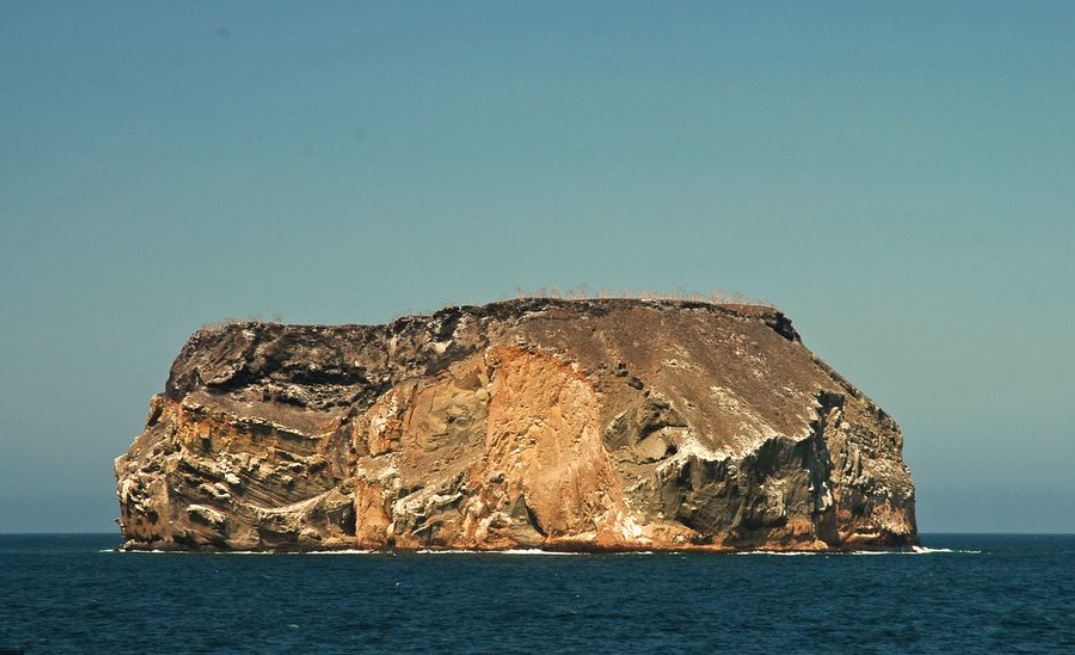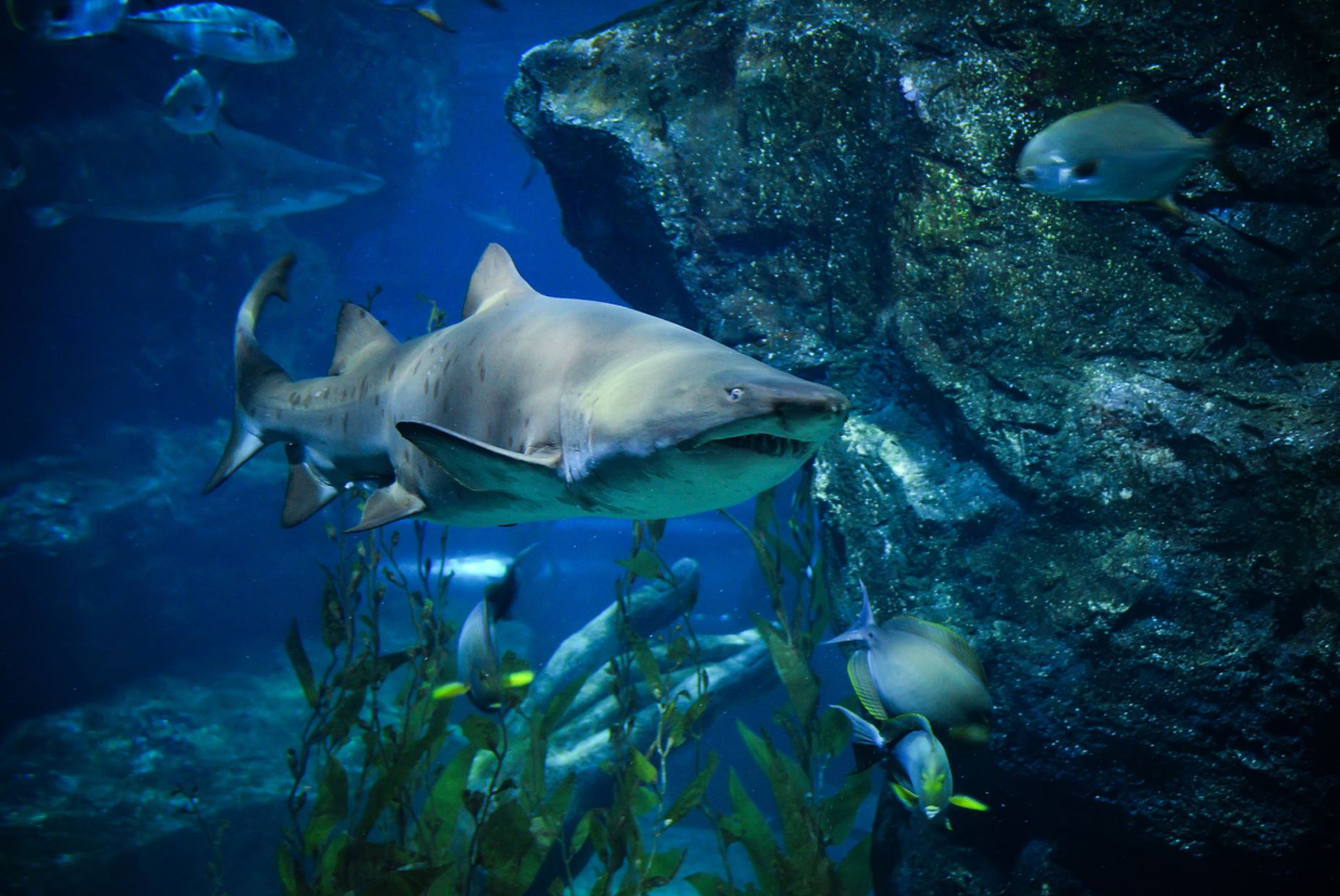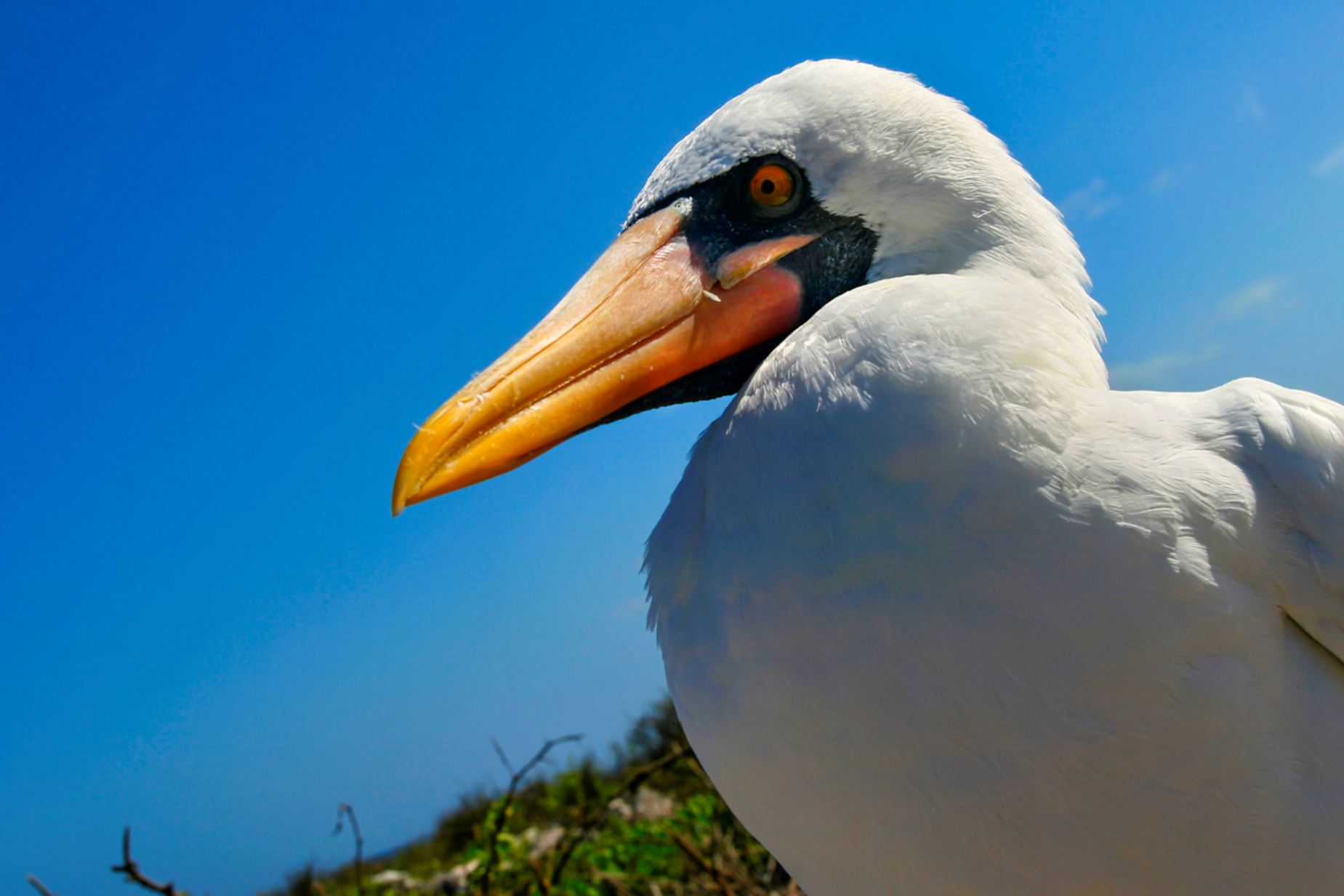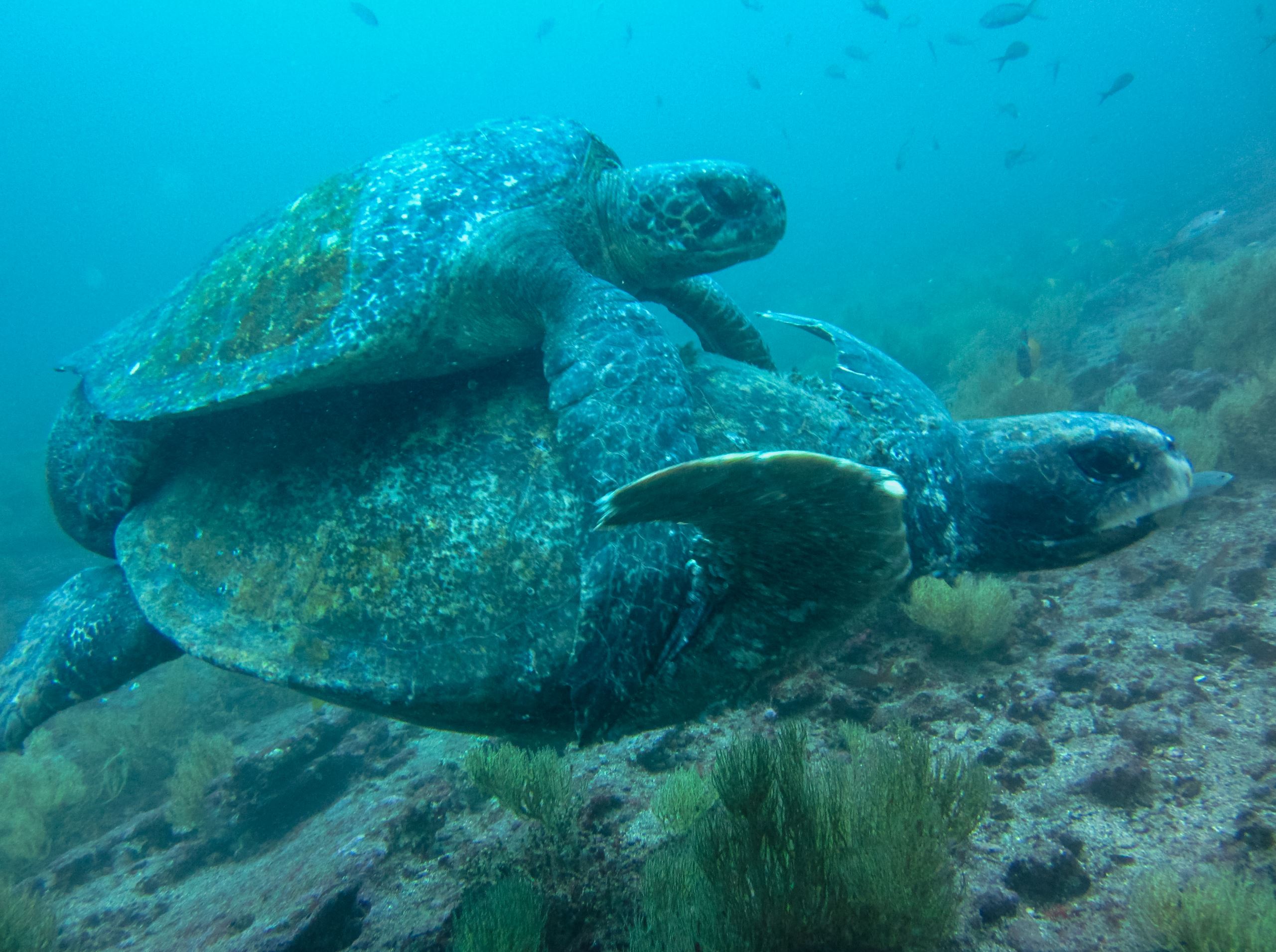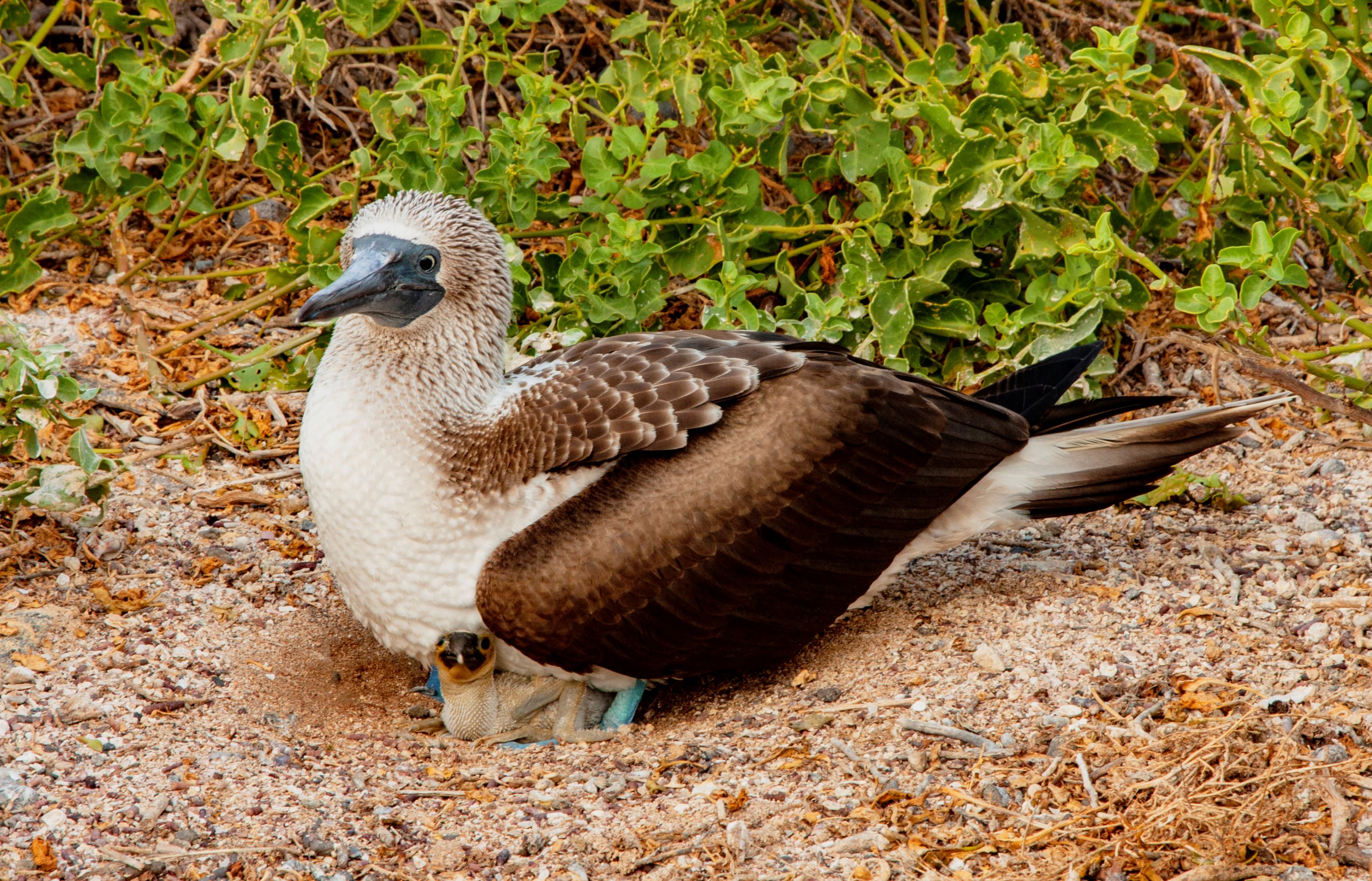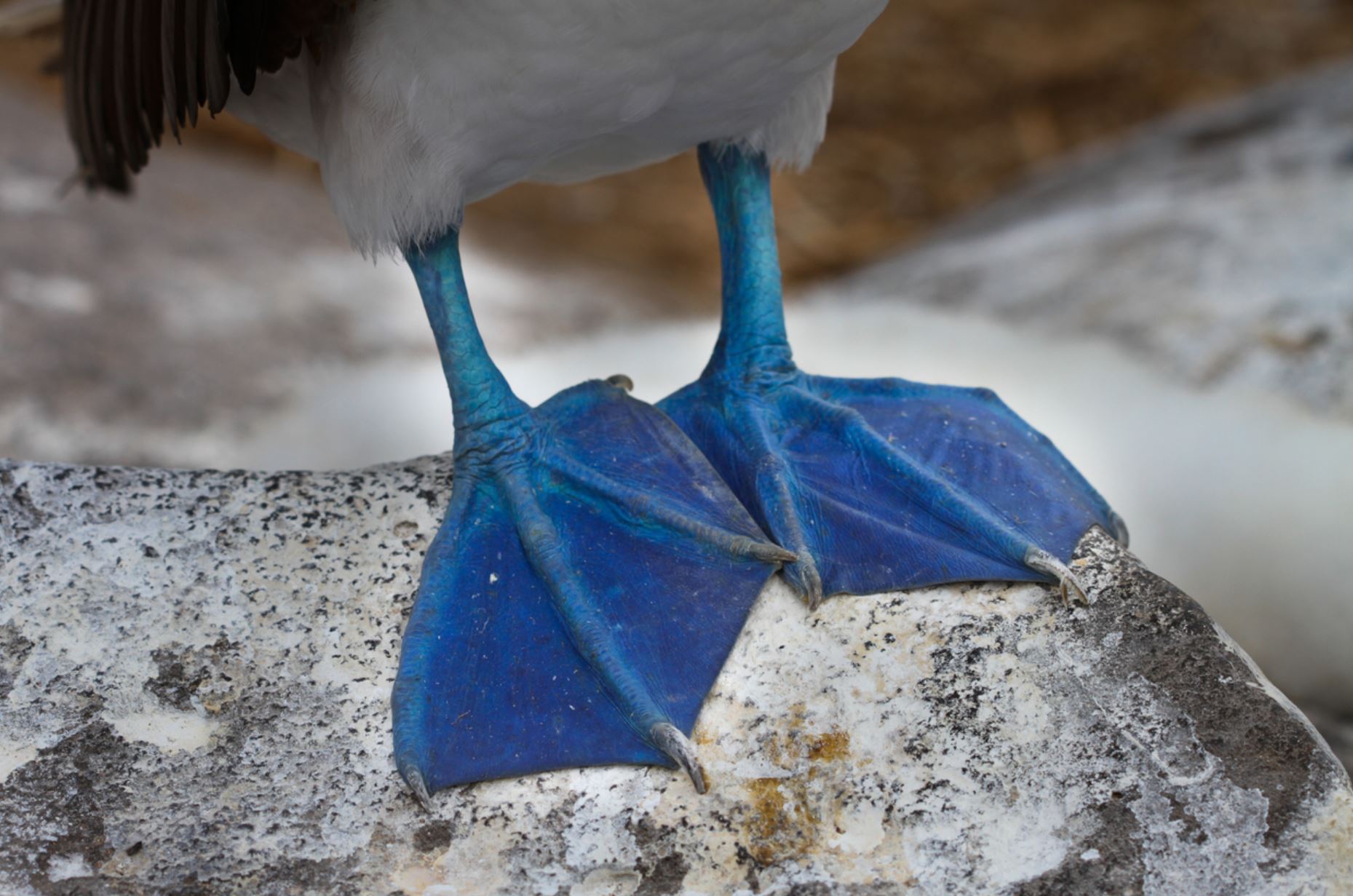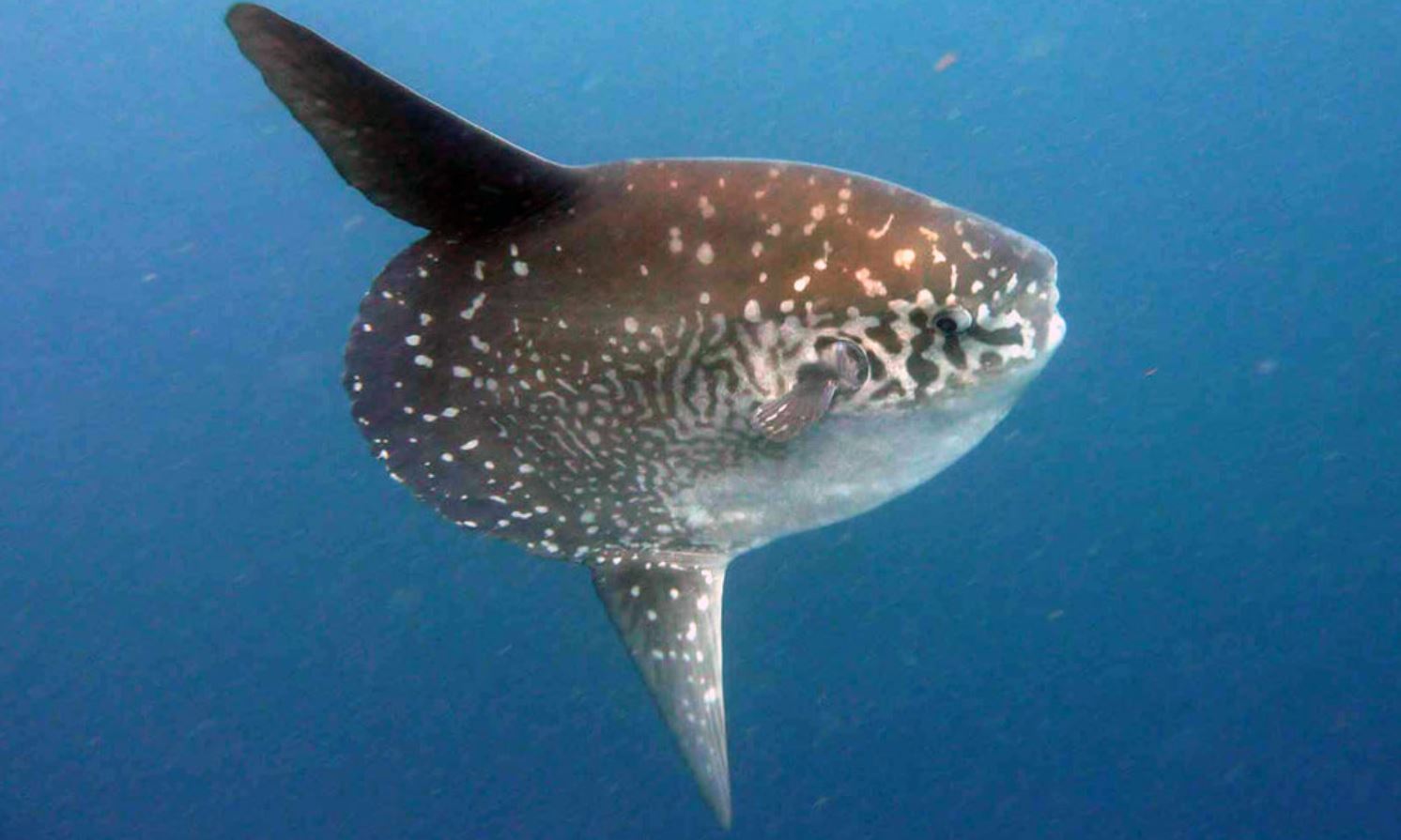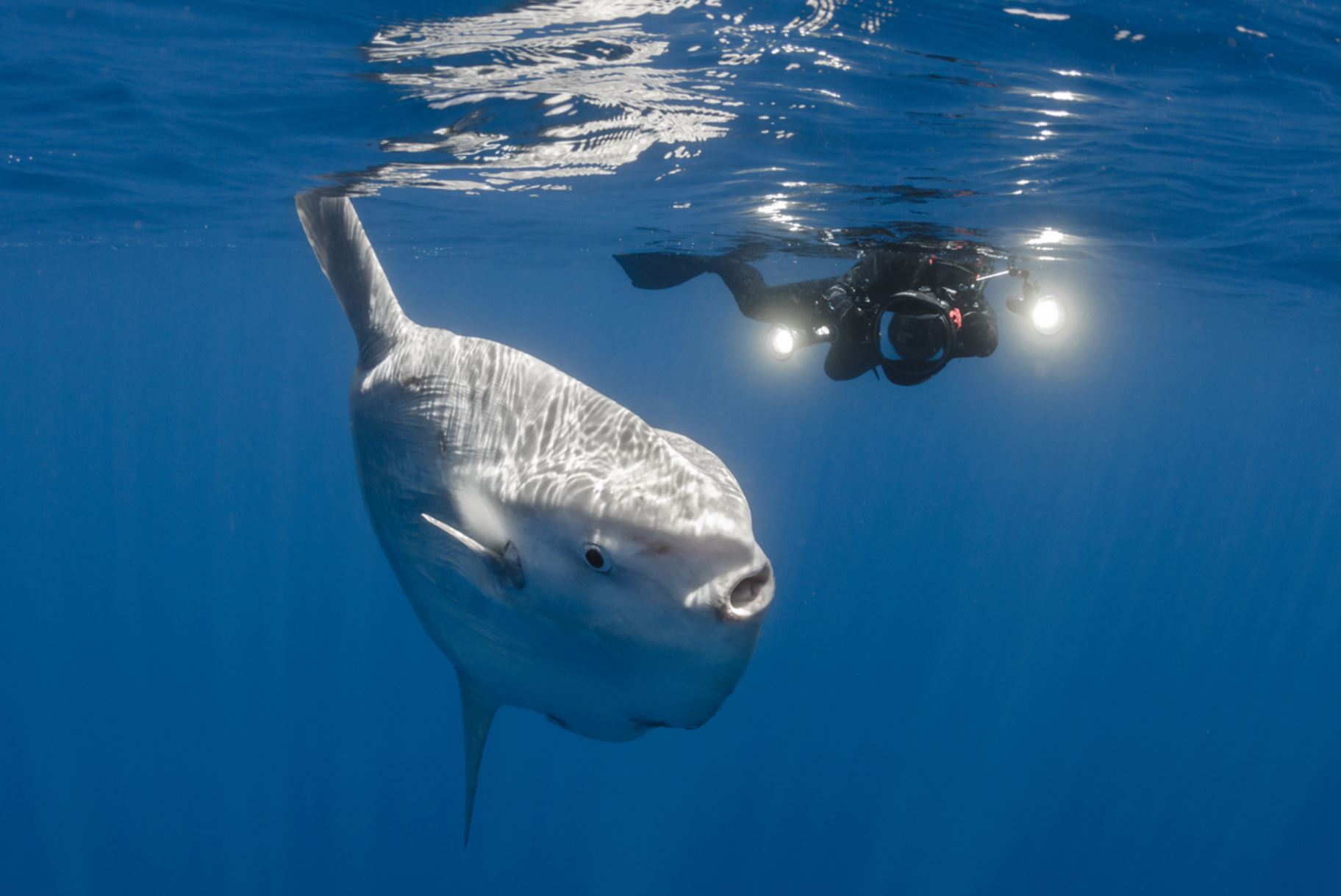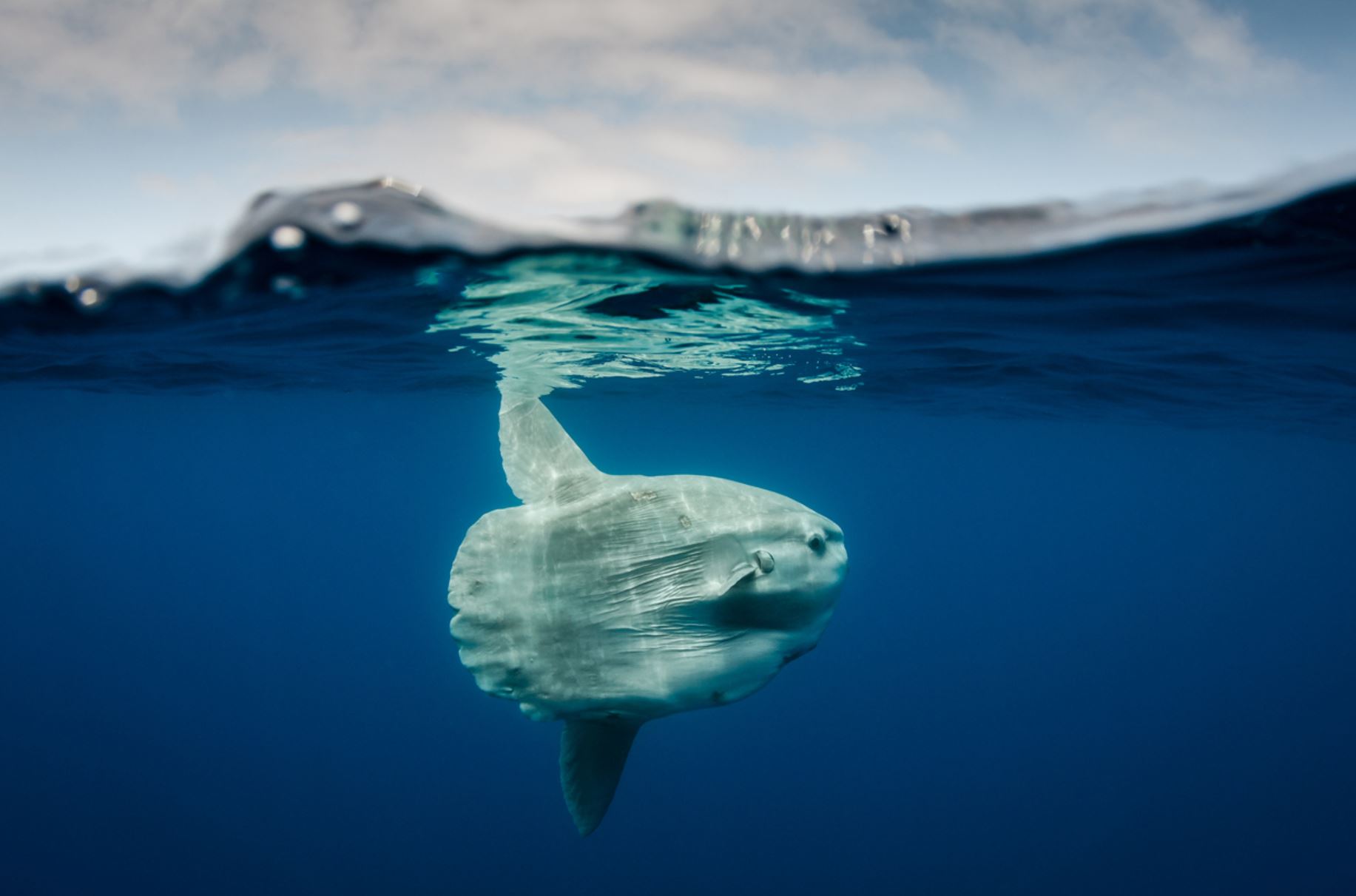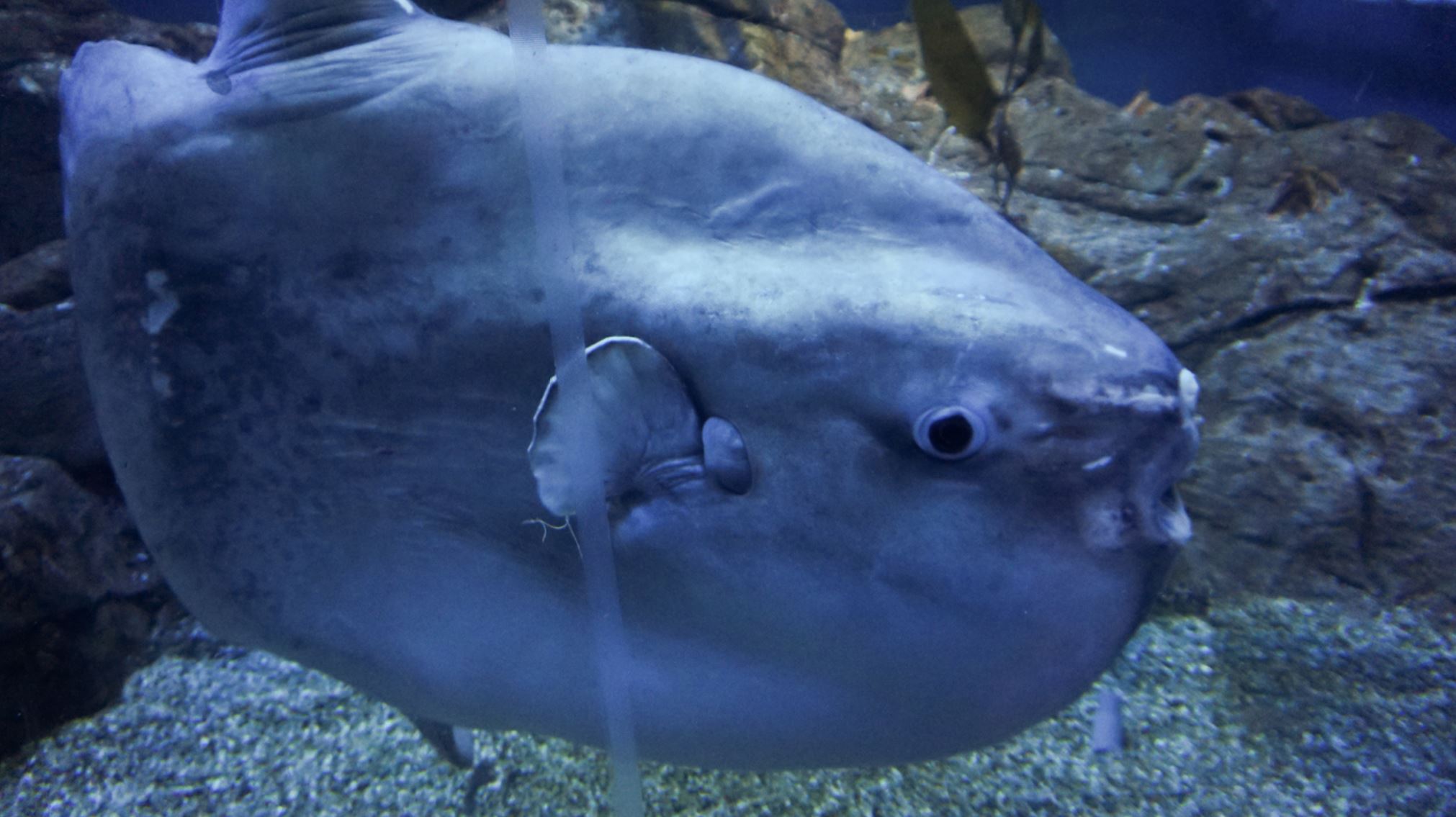Daphne Minor islet
Animals/Wildlife



Landscape/Views


Snorkeling




Beaches

The Daphnes include two islands, Daphne Major and Daphne Minor, just north of Santa Cruz. Both are tuff cones and are completely devoid of trees. Access to Daphne Major is restricted by the Galapagos National Park, and it may only be visited with a special permit. There is no visitor site on Daphne Minor.
Although visits to Daphne Major are strictly limited, its location between Santa Cruz, Baltra and Santiago Islands — all with large numbers of introduced species — is some cause for concern, especially given its importance as a natural laboratory for evolutionary research. Any species carried by the wind could potentially arrive on either of the Daphnes, although establishment of these species might be limited by the arid conditions.
Daphne Major is a rather large tuff cone somewhat eroded by the sea. It is a very fragile visitor site and requires a special permit. Nazca boobies, red-billed tropicbirds, and blue-footed boobies can be found nesting here. Daphne Major is the primary site of Peter and Rosemary Grant’s iconic 40-year study of evolution in Darwin’s finches that demonstrates evolution occurring over short periods of time. Nearly all of the finches on the island are banded.
Diving spots: Daphne Major and Daphne Minor
Two dive sites encircle the smaller islands of Daphne Major and Daphne Minor. At Daphne Major, divers can observe sea lions, sea turtles, Eagle Rays, various species of sharks, and other pelagic species. Daphne Minor offers something a bit more unique. There divers can observe the large quantity of benthic organisms that live on the underwater walls of the island, all of which create a multi-colored aspect to the undersea world. Sea horses can be seen around the black corals and Galapagos Sharks and sometimes rays and sea turtles are present.
Pictures
Animals that can be seen on the island
Sunfish
There are two Mola species that are thought to be found in Galapagos: Mola mola, the ocean sunfish and Mola ramsayi, the southern sunfish. They look very similar and the southern sunfish was only confirmed to visit the Islands through genetic analysis in 2011. They are found throughout the globe, in tropical, sub-tropical and temperature waters as they prefer temperatures at least 10oC – anything colder may cause disorientation. This is probably why they are usually observed basking in the sun, close to the surface, which is where they gained their English name. Their Latin name, Mola, means millstone taken from their rounded body and grey colour.
Sunfish are odd looking fish. They have no real tail and propel themselves along using two towring fins, one above and one below. They have thick, tough and rough skin which is almost like sandpaper. Despite their size, they mainly feed on jellyfish, squid, crustaceans and small fish and must consume huge amounts of these to maintain their size. Their teeth are fused in a beak-like structure which allows them to crush the shells of crustaceans, and then food is further ground down by specialised teeth in their throats.
While little is known about their life histories and reproductive cycles, it is known that they produce a large clutch of eggs. This knowledge comes from a female ocean sunfish that was estimated to be carrying 300 million tiny eggs in her ovary.
- Animal Group: Marine life
- Scientific Name: Mola ramsayi
- Animal Average Size: 4 m
- Animal Average Weight: 1000 kg
Places where you may see Sunfishes in Galapagos:
Isabela, Marchena, Daphne Minor
Location
Mr. Frobeen can give you precise information about the ships.
Mr. Frobeen will be happy to advise you by phone at +49 (0)7633 9399360 or via email info@frobeen.de
If you want to book, what are the payment methods?
The reservation is gratis as an option.
If you want to make an fixed booking, there is to pay a deposit of 20%.
The remaining payment is due 4 weeks before departure. In individual cases, such as diving cruises, other rules apply. Information on request.
- Your payments are insured against bankruptcy!

